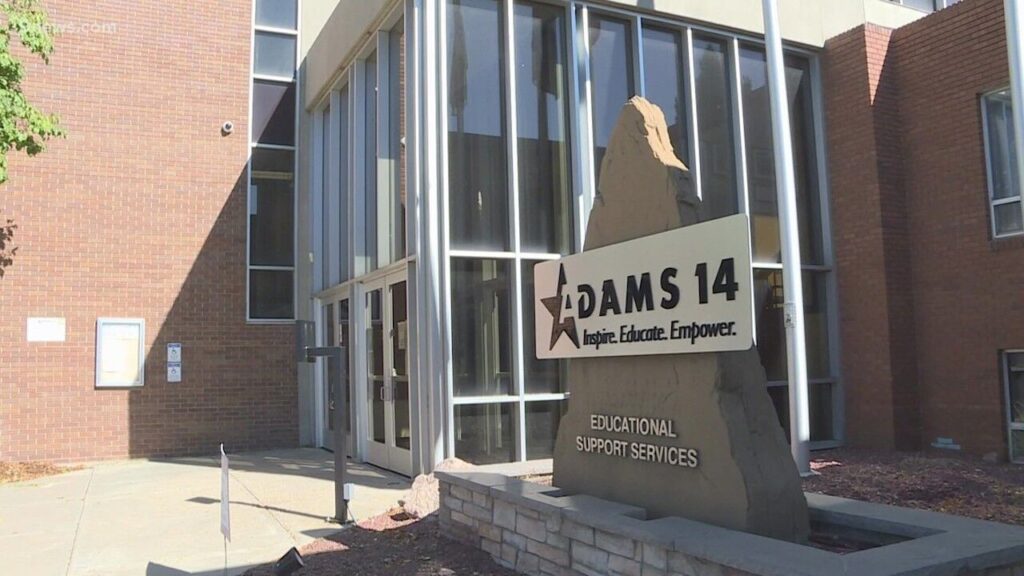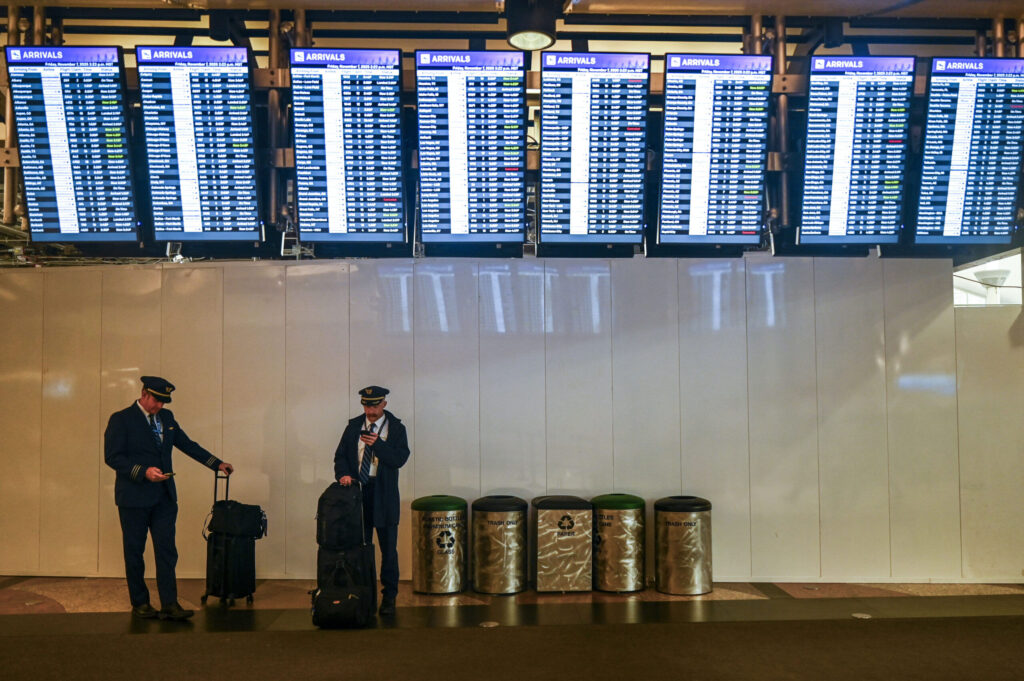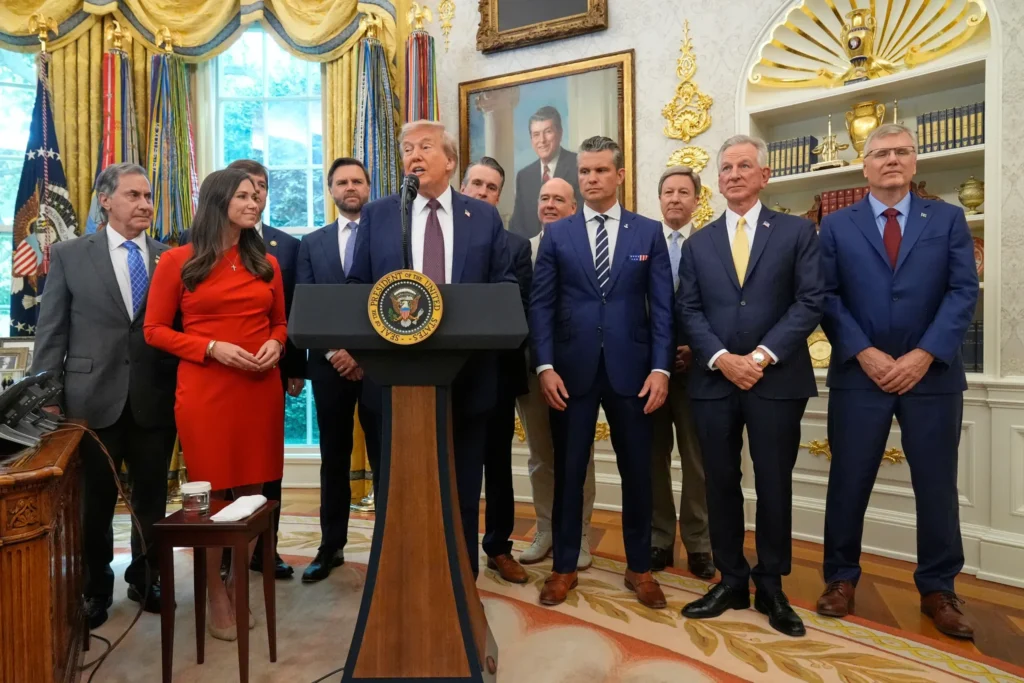EDITORIAL: A normal summer after all at Colorado’s national parks

Panicked cries of “crisis” and imminent doom were wide ranging when the Trump administration began its quest to trim federal fat last January. Among the dire forewarnings was one that our national parks would collapse if forced to reduce staff.
Yet, having observed another Labor Day — the traditional end of summer and summertime travel — it’s safe to say America’s treasured national parks are alive and well. More to the point, they weathered summer’s usual throngs of visitors, including in Colorado.
As an in-depth Gazette news report on the subject made clear recently, it has been business as usual at Rocky Mountain National Park, the most prominent and most visited of our state’s four national parks. In mid-July, a peak month at the Front Range jewel, all operations appeared “normal,” The Gazette reported after assessing data as well as input from visitors and locals alike.
“Bathrooms at the Beaver Meadows visitor center were clean, park rangers assisted visitors at the front desk and trails were no more littered than usual,” the Gazette concluded.
A rafting guide since 1995 who spends three-to-four days every week in the park told The Gazette he hadn’t seen any impact of the cuts this summer. Locals told our reporter amenities and trails throughout the park seemed to be the same as they have been. A longtime professional photographer who owns a studio on the edge of Estes Park said he hadn’t seen any major impact to the park itself and surmised that’s “because park staff are working really hard to maintain things for visitors.” Which suggests greater efficiencies have been found.
The Gazette’s report summed it up, “The normality stood in sharp contrast to the worries after the Trump administration imposed a mass layoff at the National Park Service and at other federal agencies in February. At the time, many predicted a dire situation — of delayed openings, closed campgrounds, perhaps canceled guided tours and even uncollected trash and uncleaned restrooms.”
The Trump administration’s 2026 budget proposal included a $900 million cut to park service operations. Since January, orders from the Department of Interior have resulted in a 24% cut in the park service workforce, according to a report released in July by stakeholder groups. The park service has lost about 4,000 employees to terminations, buyouts, deferred resignations and early retirement buyouts since the Trump administration took office, according to the National Parks Conservation Association. The agency is also under a hiring freeze until October, delaying seasonal hirings and limiting the agency’s ability to fill vacant positions.
And yet, the upshot isn’t a crisis or anything like it. Arguably, it’s a win-win: Our beloved natural wonders remain in tact and well cared for — while the federal government attempts to tackle a bona fide crisis, our nation’s $37.2 trillion debt.
That debt distorts and destabilizes the entire economy. The cuts at the park service are among the administration’s needed strides toward debt reduction.
That’s not to say paring the payroll at the park service hasn’t been unsettling, but that’s not necessarily a bad thing. Any large employer in the public or private sector — and, certainly, in the federal bureaucracy — needs to rethink from time to time how it gets the job done. Given how the gloomy predictions didn’t materialize, staff reductions at the park service seem to have tapped into greater efficiency and productivity among employees.
Our national parks and our national debt are both priorities. So far, the administration in Washington seems to have kept them in balance.
















